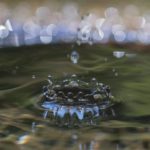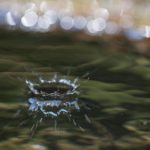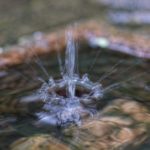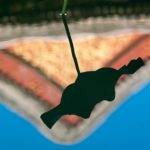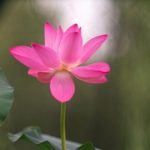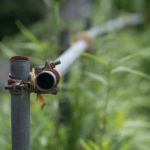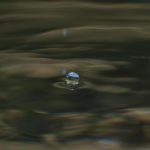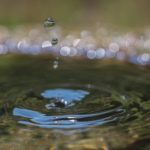Nippon Kogaku (Nikon) made quite a number of lenses for industrial uses in the 1960s and 1970s. One kind was the Ultra Micro Nikkors, a series of lenses used in photomasking for creating early printed circuits. These lenses had to have extremely high resolving power, and very low levels of aberration and vignetting. A website to explain their intended use is here. Another informative website containing inspired descriptions of various industrial Nikkor lenses is Michio Akiyama’s Red Book. English edition is here.
In the 1980s, new ways of making printed circuits superseded the kind of photomasking in which the UMNs were used, and many were thrown away or abandoned to rot in warehouses. But many of these lenses are adaptable to modern digital cameras, and as such they are becoming more and more sought after.
I was lucky to come into possession of a 165mm f4.0 UMN, the largest and latest in the line. Unlike many of the others, this lens has a large image circle and is optimized for 1:40 reproduction ration (or 1:20 with a unique add-on front element group), so it is quite useful for non-macro shooting with extremely high resolution and lack of aberrations. So far I have not really exercised this lens enough, but the results that I have gotten so far whet my appetite for a more serious exploration of its capabilities.


